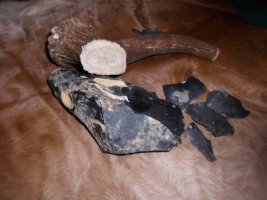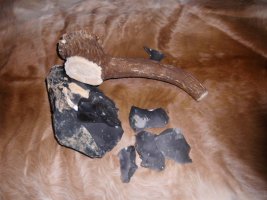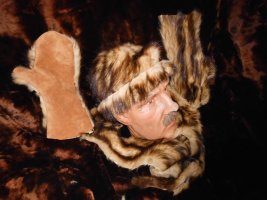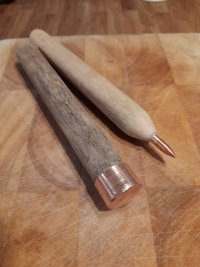I was using this when referring to sea levels. I guess though that sea levels do not necessarily show glacier edge activity and yes before melting they went back and forth, we have clear indications of that here. Glacier edge would have been a very inhospitable environment but sea shore probably had plenty to eat. In those conditions I would expect to find people there. That is just a guess though.
Agreed. Just difficult to picture where sea shore would have been at that time.













